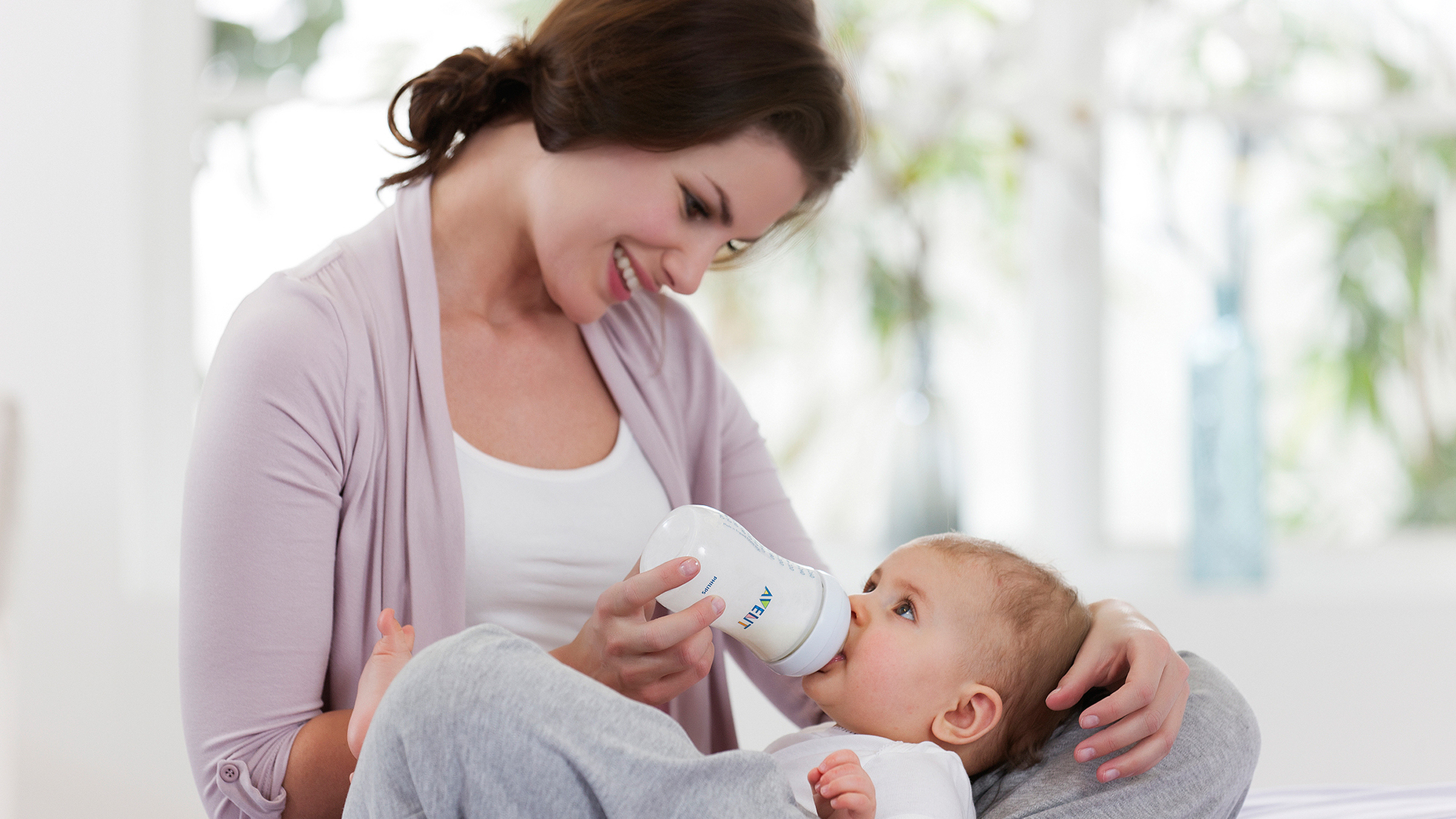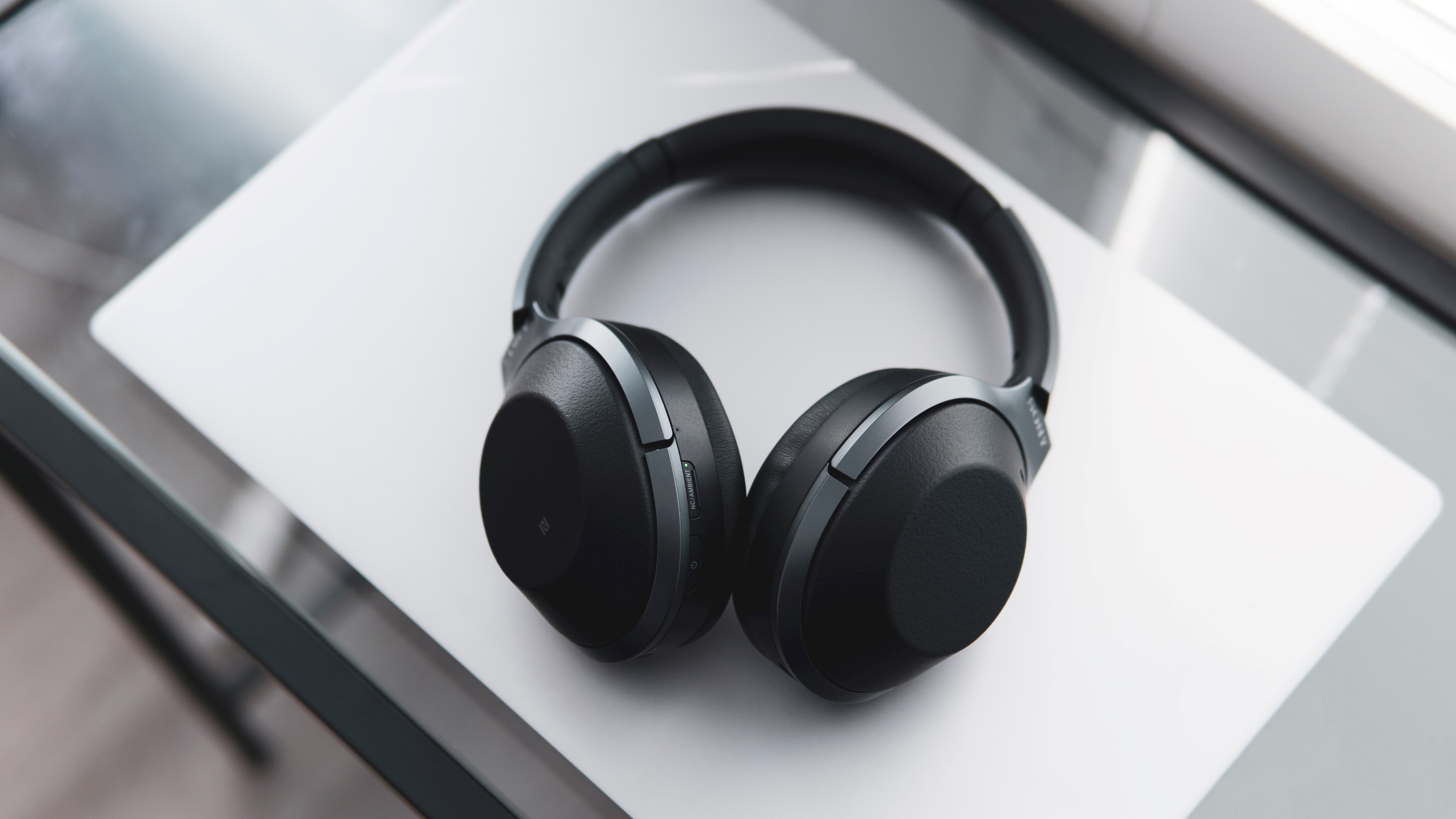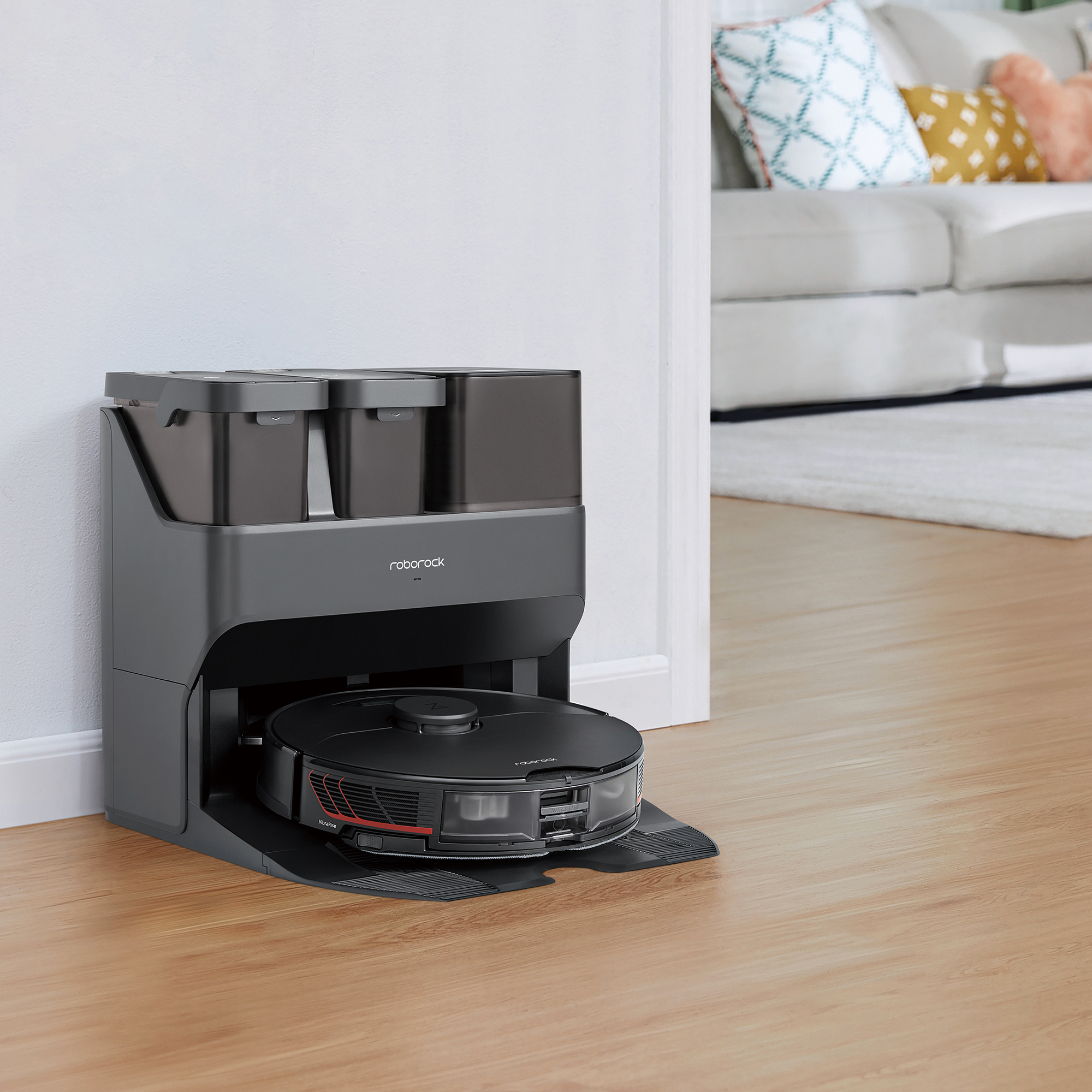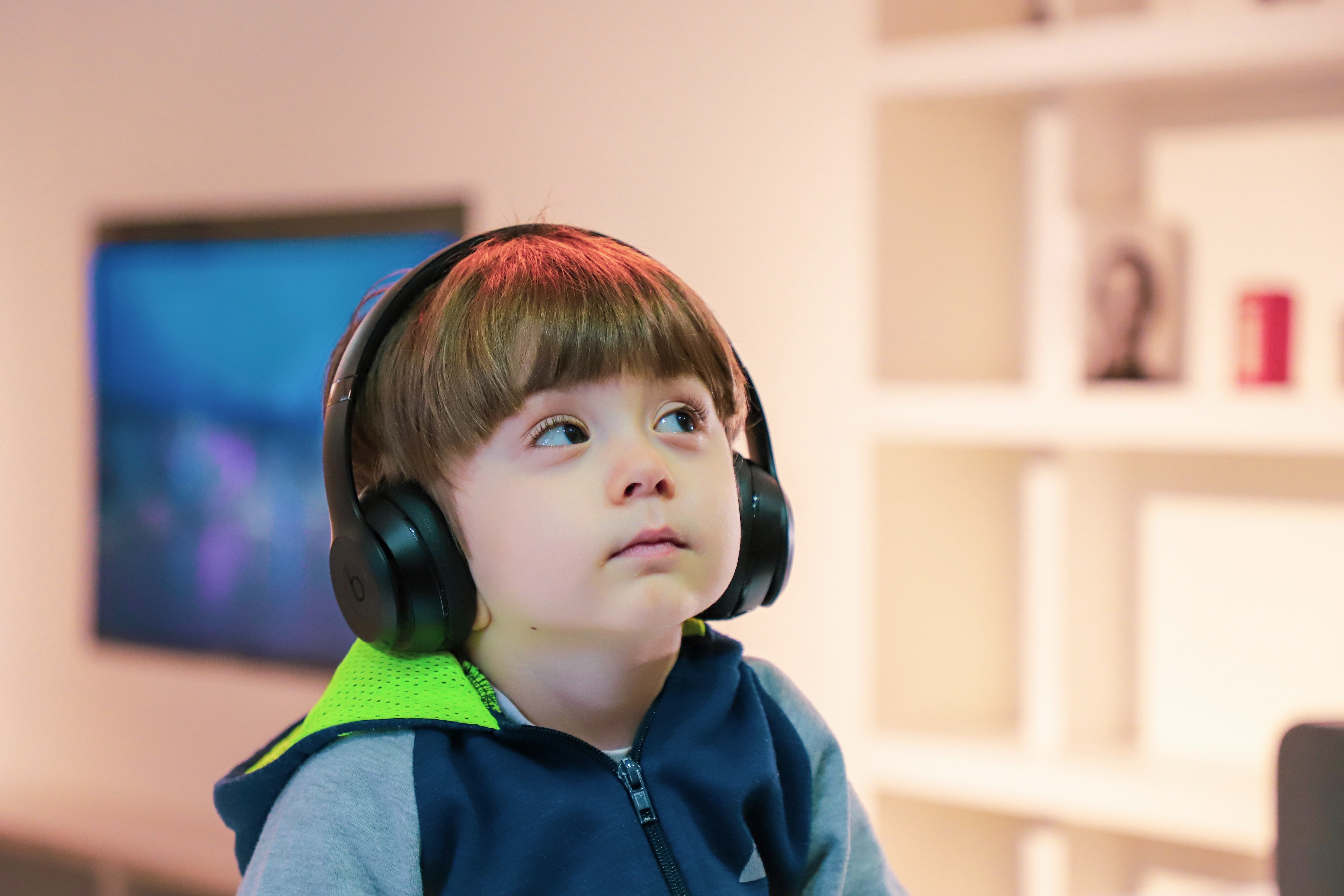When buying babies bottles and teats, there are numerous types available to you. Some bottles claim to reduce the mysterious malady that is colic, while others aim to mimic the feel of breastfeeding. You can buy disposable bottles, ones made from glass, stainless steel, plastic or silicone, and babies bottles that are compatible with bottle warmers and other gadgets.
Baby bottles range from a simple bottle and nipple combo to more technical designs, featuring vents to help with reflux. The type of bottle you try first depends on how you’re feeding baby. Perhaps you’re combining breastfeeding with formula feeds, or maybe you’re exclusively bottle-feeding. Whatever stage you’re at, there’s a bottle to suit your baby.
Some babies won’t have a preference, while others will refuse a bottle or nipple that doesn’t feel right to them. You may also find that baby has less spit-up or colic with one brand than another. As such, lots of mums recommend buying a few different bottle and nipple combinations to figure out what baby prefers.
Before we look at babies bottles and teats in detail, here’s a word on safety: it’s essential to regularly check baby’s feeding gear for signs of damage. Any scratches or cracks in bottles can be a breeding ground for bacteria. Damaged teats could also be a choking hazard, as a piece may break off during feeding.

Baby bottle shapes and sizes
Babies bottles come in an array of shapes and sizes. Traditionally styled bottles are tall with a slight curve, but modern designs are more breast-shaped. Ergonomic baby bottles claim to be easier for baby to hold, and some have angled necks to aid feeding.
Generally speaking there are two types of neck: standard and wide-angle. Wide-angle necks are easier to fill with formula or breastmilk without spillage, but they take up extra room in a steriliser unit. Wide-necked bottles also provide a feeding experience that’s closer to breastfeeding, making them a good choice for babies moving away from breastfeeding.
There are also a few formula bottles that can be prepared in advance and mixed on demand. The Mixie Formula-Mixing Baby Bottle is a great example, with separate compartments for water and formula and a free-floating agitator to prevent clumping.
In terms of size, four-ounce bottles are ideal for newborns and younger babes, with eight- or nine-ounce bottles coming in to play around the four-month mark. For older babies entering the weaning stage, choose baby bottles designed with sippy spouts or handles.
The best baby formula options in 2017
The most common material is plastic, but since 2011 charities in the UK and US have been advising parents to choose BPA-free babies bottles. In 2012, following an FDA announcement, baby bottles are no longer made of plastic containing BPA. There are many benefits to using plastic bottles, of course - they’re affordable, light and shatterproof - but they deteriorate quickly and therefore need to be replaced more often.
Silicone babies bottles are just as light and unbreakable as plastic ones, and they’re BPA-free. They can be expensive, though, and are more readily available online than in stores. Looking for inspiration? The Comotomo Natural Feel Baby Bottle is a highly-rated silicone baby bottle, designed with a wide-neck and flexible teat to avoid nipple-confusion for mixed-feeders.
There’s been a resurgence in glass and stainless steel baby bottles, mainly by parents unsure of using plastic bottles. Stainless steel is light, durable, BPA-free and long-lasting, but these bottles can be tricky to find. Heat-resistant, reinforced glass baby bottles are widely sold and will outlast plastic and silicone bottles, but they’re expensive and feel heavy during longer feeds. That said, the Chicco NaturalFit Glass Baby Bottle is attracting great reviews, and it even comes with a funky silicone sleeve for extra grip.
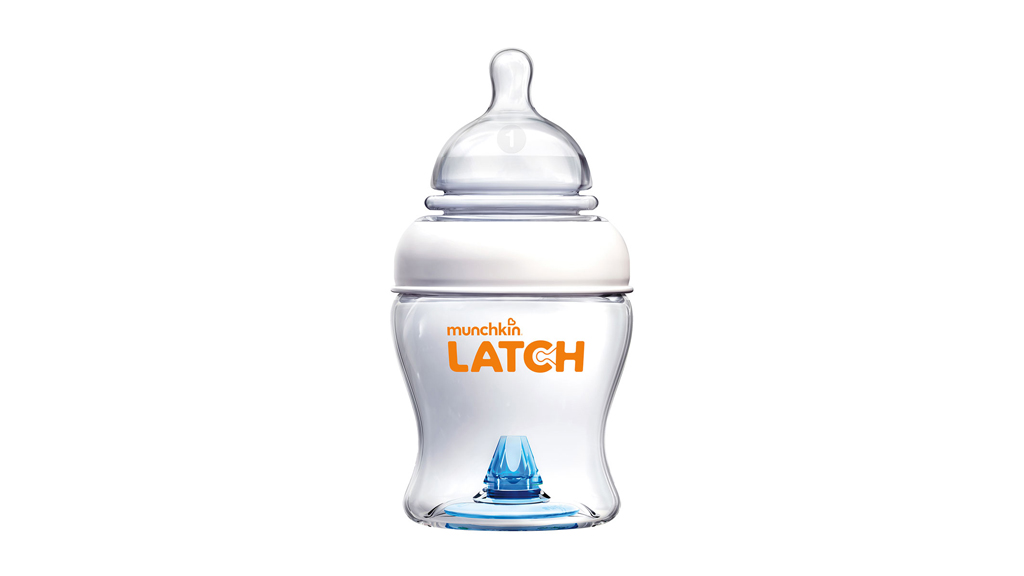
The jury’s still out on whether any baby bottle can truly reduce colic, but several brands are making anti-colic bottles that minimise the amount of air your baby ingests during feeding, which is thought to be a possible cause of colic. These babies bottles may feature a special venting system built into the nipple or bottom of the bottle, or a straw-esque valve that sits inside the bottle to reduce the amount of air baby swallows.
You can also buy anti-colic teats with built-in vents. NUK’s orthodontic teats, such as the First Choice Latex Teat with NUK’s Anti-colic Air System, are often recommended by midwives.
There are several anti-colic bottles worth trying, including the Munchkin Latch, Philips Avent Anti-colic Baby Bottle and MAM Self-sterilising Anti-colic Bottle.
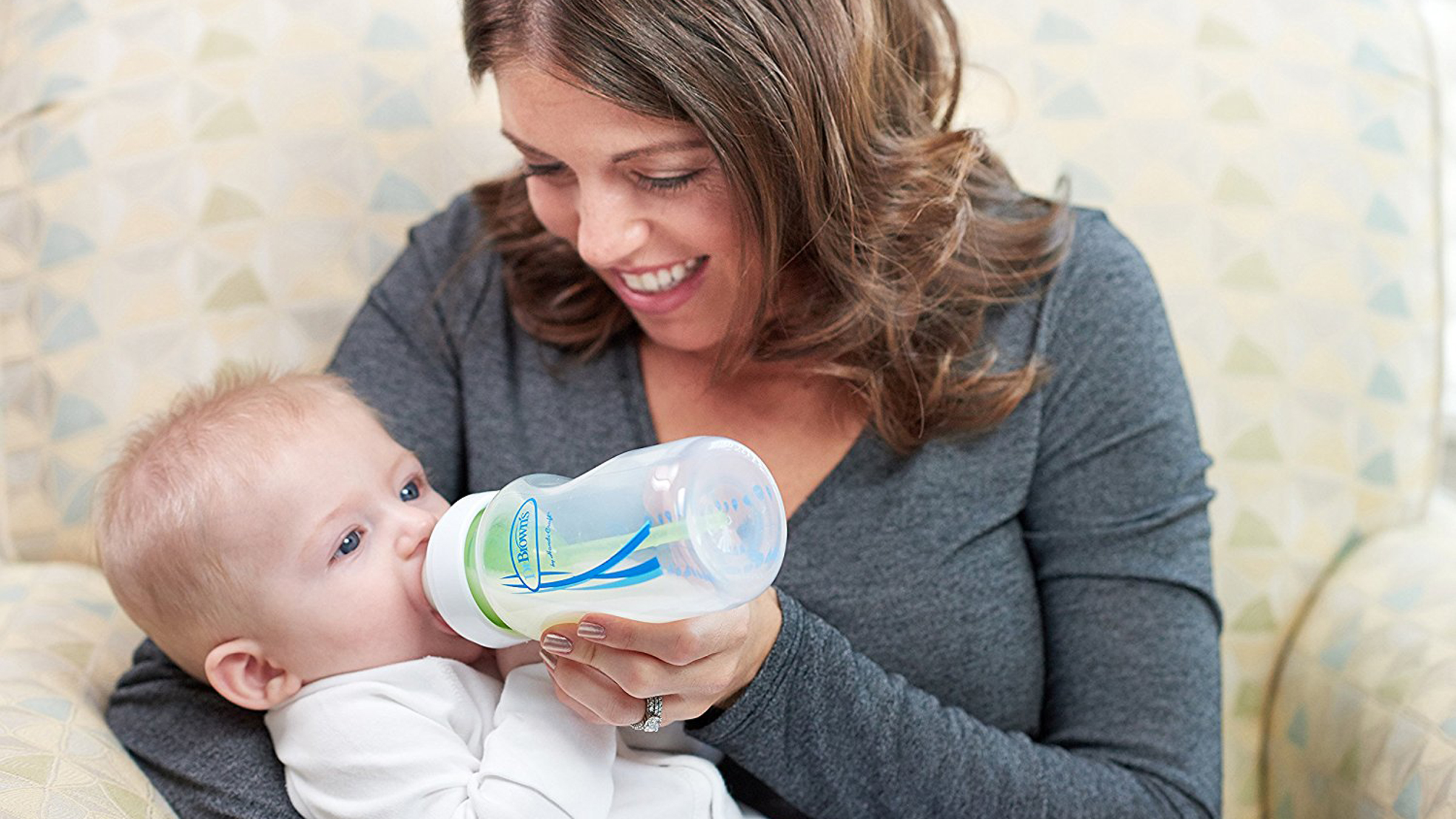
Bottles for breastfed babies
Although the NHS recommends that babies are breastfed exclusively for the first six months, there may be times when you need baby to take a bottle instead. Any babies bottles described as ‘natural’ or ‘suckler’ are created to mimic breastfeeding. They often have a wider, breast-like shape and responsive teats.
The award-winning Haberman Suckle Feeder closely mimics breastfeeding, as does the Tommee Tippee Closer to Nature Baby Bottle. Of course, one of the most popular bottles for breastfed babies is Dr Brown’s Natural Flow Options Feeding Bottle, which also has an internal vent system for reducing colic.
Nipples/teats mostly come in silicone or latex. Silicone teats are firmer and hold their shape well, while latex teats are softer and more flexible but loose shape quicker. Some babies can also be allergic to latex. Baby has a choice of nipple shape, too, picking from either a traditional dome-shaped teat or an orthodontic nipple designed to fit the mouth better.
There are lots of different sizes and flows of teats, with flow speeds ranging from slow to fast. Newborns fare better with the slowest flow and smaller sized teats, before switching to a medium flow. When baby learns to suckle better and is drinking more milk, they can graduate to a fast flow and larger nipple – teats are labelled with sizing and flow, and are often marked with an age range.
Milk leaking from the sides of baby’s mouth, or if baby is spluttering during feeding are signs that the flow is too fast for them. Most parents will tell you that babies can be picky with teats, so arm yourself with nipples from a few brands to discover what works best for your bundle of joy.
